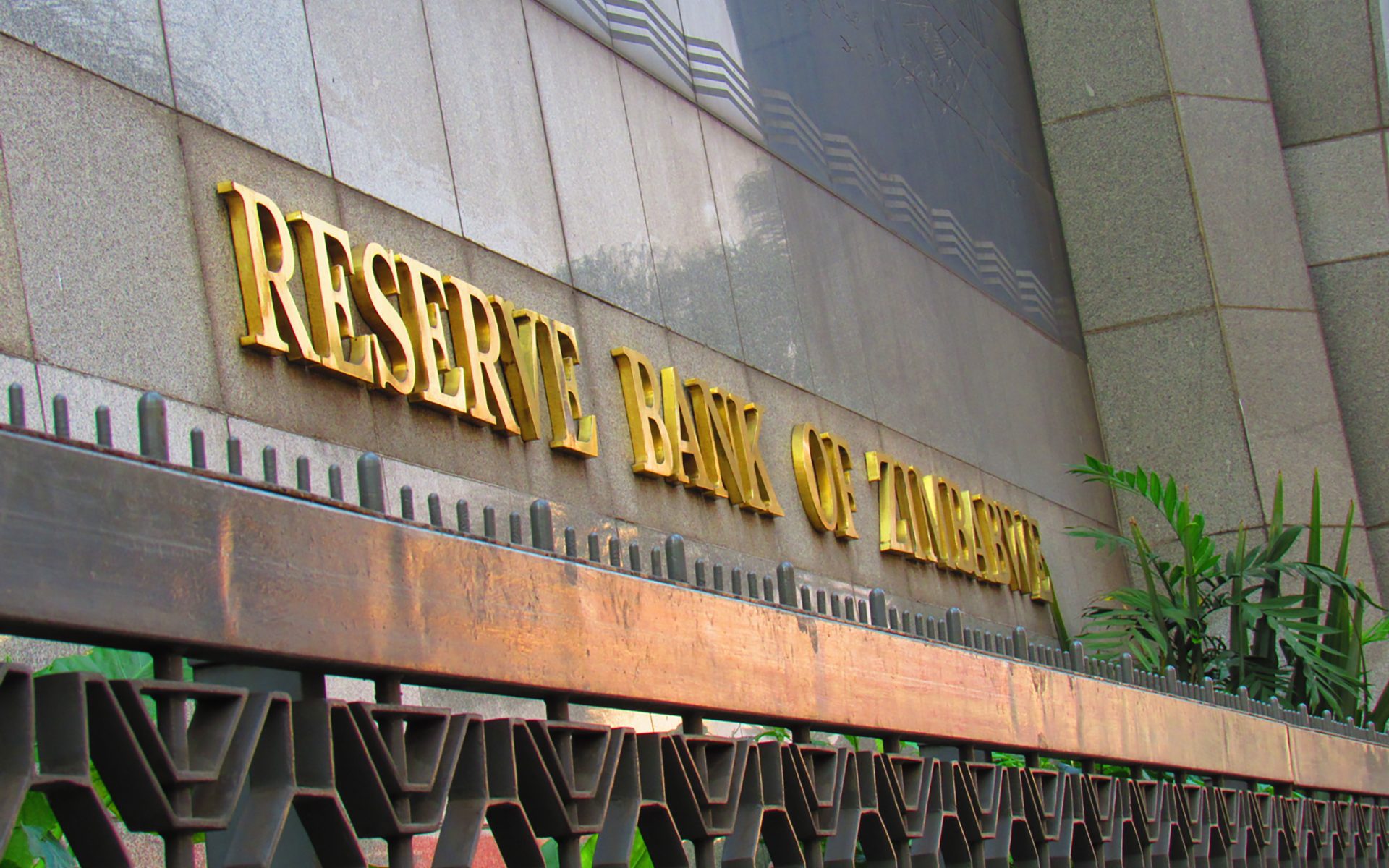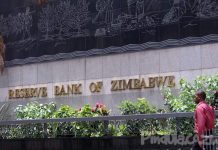Appetite for lending by Zimbabwean banks is waning. A look at the overall banks’ loan-to-deposit ratio (LDR) since 2015 shows a declining trend.
The loan-to-deposit ratio, as its name suggests, is the ratio of a bank’s total outstanding loans for a period to its total deposit balance over the same period. So a loan-to-deposit ratio of 100% indicates that a bank lends a dollar to customers for every dollar that it brings in as deposits.
Typically, the ideal loan-to-deposit ratio is 80% to 90%.
Looking at data from the central bank, LDR has been going down from a high of 86,07% in 2015 before tumbling to 56,64% in 2016. In December 2017 it took a nosedive to 44,81%, before plunging to 40,71% in December 2018. Last year it further dropped 36,6%.
Total bank deposits in 2015 amounted to $5,62 billion, and grew to $6,51bn in 2016 before going up to $10,32bn in 2018 from $8,48bn in 2017. Last year deposits were $34,50bn.
The figures also show that the appetite to lend by banks was relatively high during the dollarisation era. Worryingly though, during the same period non-performing loans (NPLs) became the order of the day.
Information at hand shows that as banks’ lending appetite was fizzling out, NPLs were going down in similar fashion. NPLs were 10,82% in 2015, slowed to 7,87% in 2016, went down to 7,08% in 2017,and was 8,39% in 2018 before tumbling to 1,75% last year.
It can be argued that there is a relationship between lending growth and exposure to loans defaults, but to some extent the decline in loan disbursements has repercussions on the productive sector which needs funding for capital projects.
More so, the waning in bank loans has also seen banks’ traditional source of revenue net-interest income plummeting. Net interest income typically includes commercial and personal loans, mortgages, construction loans and investment securities.
As banks shift from relying on loans as their traditional source of revenue they incline to new digital ways of generating income. Banks are now getting revenue through non-interest income being derived primarily from fees including deposit and transaction fees, insufficient funds fees, annual fees, monthly account service charges, inactivity fees, check and deposit slip fees






